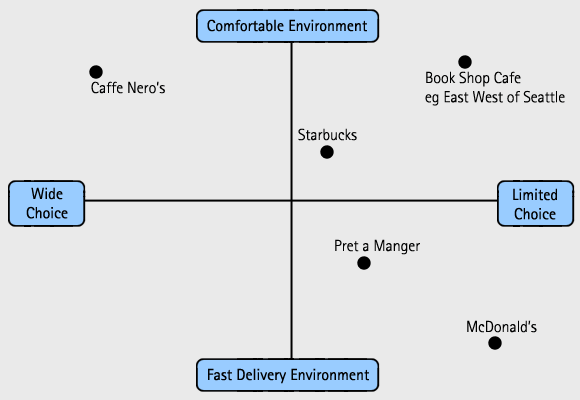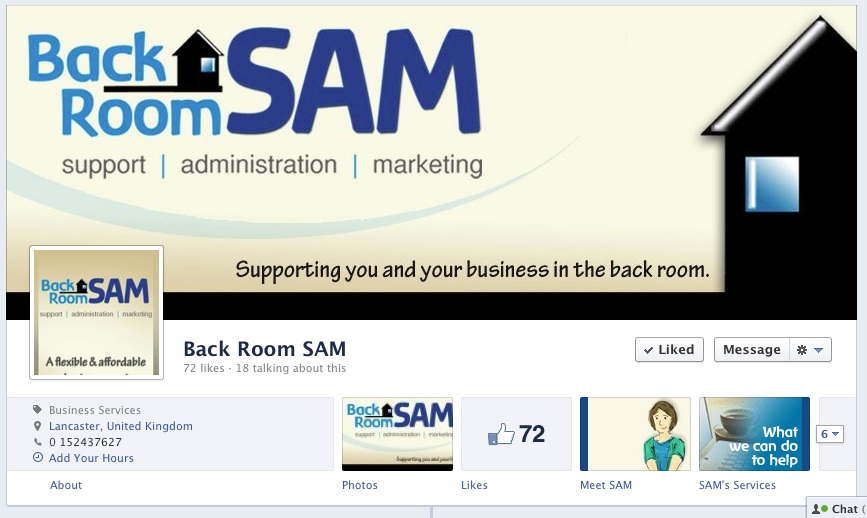
Since going self-employed and launching Back Room SAM just short of six months ago, my experience of setting up and starting to run a small business from scratch is one like nothing else I have experienced to date. And although in my case this only refers to 25 short years of life(!), I think it is still fair to say that when being compared alongside any other path in life, this is a rather unique one to be travelling. I’m sure the many others who have been through this same experience would agree. And with more and more people in our country choosing the self-employed route of work at the moment, this is to be a journey that increasingly large numbers are embarking on.
As a business which regularly works with and alongside a large number of small businesses in a variety of weird and wonderful sectors, I have become more than aware that every individual’s and business’ story is different when it comes to the how’s and why’s of starting up, the ups and the downs, and the challenges and the rewards inevitably involved in getting their business up and running. However, my hope is that these 5 down-to-earth tips of I have chosen to share below, flowing from my own experience of starting up, may prove useful to others regardless of industry or field of work.
So, if like me, you are still fairly new to the path of self-employment, I hope you find some of the tips below helpful, as just some of what I have figured out along the way so far. Or if you are a more established business owner, why not think back to your early days and see if any of these points echo back to your own experience. And as someone who is still very new to this, any comments or additions to my thoughts are of course very welcome.
So here we go. These are just five small pearls of wisdom for embarking on the journey of self-employment, for what they’re worth…
1. You are not alone, and you need a good network of people to remind you of this fact! I often feel that going self-employed is a little like going on a diet. Tell those people close to you what you are doing so that they can support you and refer potential customers to you. Also find out about local networks and networking events in the local area, as I have found these to be absolutely invaluable both in terms of finding clients and mutual encouragement and support from other local businesses.
2. Plan…but not too much! By all means, do a business plan, do your market research, do a sales and cost forecast for your first year and beyond, so that you have an idea of where you want the business to go. Figure out your business proposition and stand by it. BUT don’t let your strategy be so rigid as to sufficiently squish any emerging trends or patterns that you see happening, especially in your first year or so. A good approach is to start broad in terms of the product or service you are offering; you can always narrow down and focus later on if you wish.
3. Be prepared for an emotional rollercoaster. This definitely took me by surprise! In business we often don’t think that emotions have much of a part to play, but you can’t get away from the fact that your business is being run by a living, breathing, thinking, feeling human who doesn’t exist in a corporate vacuum. There will be times when you feel great about how everything’s going, and there will be times when you feel like you’re a failure, often all in the same morning! Be honest about your doubts and fears. Be ready to spot the lies out there that might creep into your thinking and try to destroy your confidence. Put things in place in your life to keep you grounded and help you keep things in the necessary perspective. What works for me? I have a worry bubble on the whiteboard in my office in which I write down any current concerns. I take a walk in the park up the road when things start to get on top of me. I have a number of people who will help me rationally evaluate how things are going, and I go dancing on a Thursday night. But find what works for you to help you manage and control your attitude to your business. You can be sure that this will also pay dividends in helping you to work more positively and constructively.
4. Don’t be afraid to start small and grow organically.

The mistake many businesses apparently make is they want to grow too quickly, despite very little time having been spent laying the necessary foundations and ‘infrastructure’ to sustain the growth. Don’t be afraid to take the time to learn about the industry you are working in, to build good relationships with your customers or clients and find out what they care about from your business, and to get things like your pricing right from the start. Sure, this might lead to a comparably ‘slower’ pace of growth, and you might not end up a multi-millionaire with your own yacht and private jet within your first year of trading. But when you do start to grow, your business is much more likely to grow into one which is more established and sustainable, whatever the economic weather.
5. Maintain control of what you want the business to be, and only collaborate with people who get that. In the early days of starting up you are likely to come across many people who may want to collaborate with your business in some way. You may be invited to become part a network, join forces with another business for a number of projects or make use of a business mentoring programme. All of these things can be extremely useful things for your business, and I am all for collaboration, especially on a local level. But BEWARE that not everyone will understand (or even agree with) what you and your business is about and what you are wishing to achieve. Make sure you are clear about your aims and goals, and have enough conviction and confidence to politely leave behind anything or anyone that doesn’t seem to be able to get on board with your vision. Take what is useful, leave what isn’t. And of course, that applies to my advice too!
Thanks for reading,

www.backroomsam.co.uk
![]()






 Nobody likes receiving emails they never requested to receive. It’s called spamming. Make sure that you are up-to-date with the current anti-spam laws regarding email marketing in the UK, and in other countries if you are sending emails internationally). Click
Nobody likes receiving emails they never requested to receive. It’s called spamming. Make sure that you are up-to-date with the current anti-spam laws regarding email marketing in the UK, and in other countries if you are sending emails internationally). Click 
